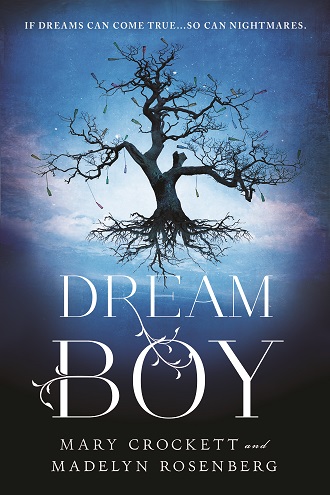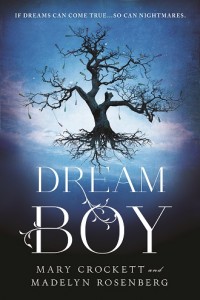A girl’s romantic fantasy comes to life: a handsome, respectful, accommodating young man– literally the guy she’s been dreaming of– walks into her life, with no goal other than to be her boyfriend and make her happy by being everything she wanted in her secret soul.
When is the other shoe going to drop? Because we all know he can’t be that perfect, can he?
(Potential spoilers ahead: read at your own risk.)
Most stories about dreams-come-true seem to have a Be careful what you wish for element to them.
I never really thought about it before, but those can send a very strong “You can’t (shouldn’t) trust yourself” message.
So that’s what I expected here.
I expected Mr. Perfect to get overly possessive, or more physically demanding than our narrator wanted, or screw up his backstory and get found out. But he didn’t.
He genuinely was what she thought she wanted, and the relationship exploration/development was not about his character so much as it was Annabelle’s discovery of whether she wants what she thinks she does. I thought it was interesting that (despite her power– having created a personalized, ideal guy for herself) Annabelle still displayed good (if misguided) efforts to adapt or compromise within the relationship.
That is, sometimes her boyfriend had a not-great idea, or a fine idea not well carried out (his choice of a dress, for example). Some could interpret her acceptance of a bad dress as capitulation and “losing” herself/her independence (maybe it was, we could talk). I felt it could also be a 16-year-old way of saying ‘You don’t have to be the only one who adapts.’
Possible Negatives
- Some of the high schoolers drink beer when they get away from adult supervision. (Ends up being plot-critical.)
- Adultery is referenced.
- A boy’s dream includes lying with a girl
- Some of the characters consult a Ouija board.
Things I enjoyed
- Two Good Guys: Annabelle having to choose between two types of overt goodness, instead of (say) good and bad or “inner” and “outer” beauty.
- The bad guys (as in, negatively portrayed human males) were not sleaze bags. They had negative traits, and positive traits. They knew knew how to cooperate and think (at least a little) beyond themselves.
- The high schoolers had high schooler limitations (curfews, limited experience/knowledge, parents they were responsible to). Kept the story more grounded than it might have been.
- Solid plotting and foreshadowing: I wasn’t surprise-surprised by anything, as far as I could tell everything was properly prepared for.
- Yes, it could “give away” some things, but if a story is good enough to read more than once– when you already know the twists– this shouldn’t be a deal breaker.
- Solid friends you could talk to about the impossible
Iffies
- It seemed odd to me to have so much kissing that was so instantly satisfying (I could say more, but I think I’ll save it for the comedic parts of my someday romance novel…)
- There was a lot of stuff that looked like “plants” or foreshadowing that didn’t actually go there. As much as I appreciated nothing coming out the blue, it was a little exhausting to always expect the follow ups, and only have some pan out.
- On the other hand, this is essentially what’s happening to the narrator, so I can see it working for some readers.
- It was odd, trying to sort out the relative ages of the different (erm) visitors. Friendships and hierarchy, even learning capacity vs. established knowledge, was hard to predict or quantify.
- I’d be curious to talk with other readers about the implications of who conjured whom, and the layered, almost nesting doll, affect of that.
Recommend? Sure.
(This book was provided by the publisher before the release date of July 1, 2014, free for my review through Netgalley.com)


1 thought on “Dream Boy (Reading Notes)”